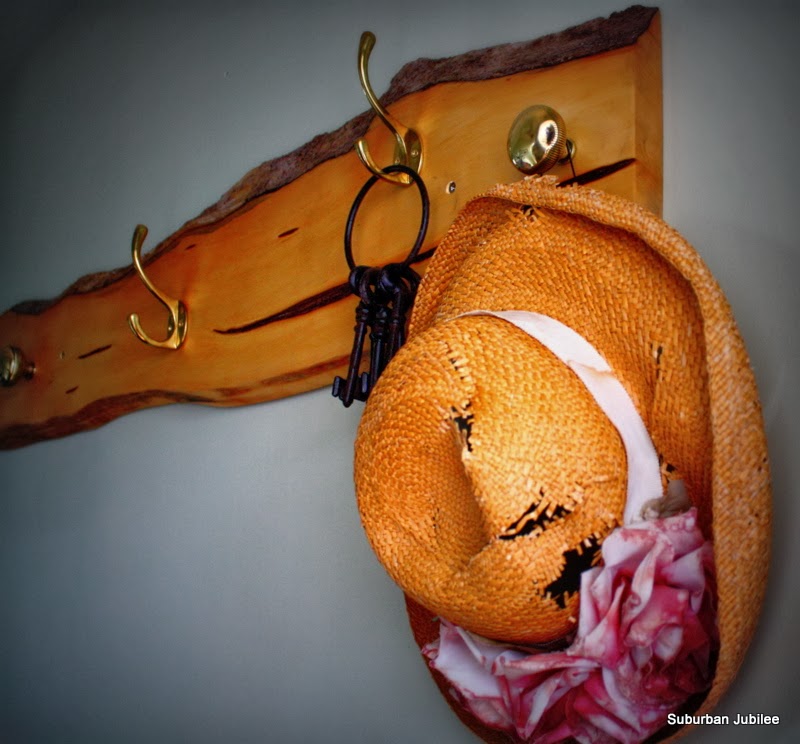I have been helping the youngest daughter prepare the nursery these past couple of weeks and she has been inspired from the many books that she enjoyed in her childhood.
She started with some Beatrix Potter fabric; a couple of panels for quilt covers and some metres of a smaller classic print. The plain cotton weave was not ideal for curtaining but instead of using lining fabric etc we sewed them as panels onto some coordinating ready made ring top curtains. This was by far a cheaper option than purchasing the lining and the large eyelet rings and it saved us a lot of sewing.
The nursing chair was given to her by our good friends who re-upholstered and recovered it in coordinating vintage blanketing. You may remember from previous posts they had a business called Resurekt and they did some really funky furniture. A cane chest by the side will store extra blankets and be a handy place to sit a drink when she is feeding in the middle of the night.
It was very easy to coordinate the theme with fresh blue gingham from my stash which edged the quilts and was also made into a cot flounce around the base. We used a gathering stitch to give moderate fullness and sewed a header on top just like a waistband on pants or a skirt. We then used adhesive velcro to attach it to the cot base, making it easily removed for washing.
The room is a small single so this existing chest of drawers will hold a change mat on the top as a change table as it is a good height. Changing time supplies will be stored in the top two drawers. It was given a freshen up with white paint and some ceramic rose drawer knobs.
The salvaged shelves were definitely a little worse for wear and even after a thorough scrub still looked a bit sad. We found this lacy runner in a vinyl type material in a haberdashery shop that was sold by the metre and advertised as being "easily wiped down". We bought a couple of metres and by cutting it up the middle we found it fit the shelves beautifully, providing a very frugal and effective renovation of the scratched and worn shelves. Left over paint from the drawers was applied to some op shop frames to house some Hopping Wood greeting cards found at the same shop featuring the art work of Rene Cloke.
A bargain priced "last on the roll" panel of piggling bland from Beatrix Potter stories was hemmed and turned into a wall hanging.
As was a Foxwood Tales panel from my Villeroy & Boch days of retailing. You may have also noticed some Foxwood Tales tins in the shelves, they'll come in handy for bits and bobs too I'm sure, like cotton balls, buds and teethers.
The Peter Rabbit panels were edged with blue gingham and backed with the same fabric as the curtains. We were chuffed to find some cosy satin edged blankets at Target in a similar creamy coffee colour that went well with the scheme; even more tickled though to find out at the checkout that they were on quit clearance and priced at just $4 each! We will use motifs left over from the curtains to appliqué onto the blankets.
We are very happy with the results along with a few frugal finds and the treasured gifts from family friends. Our new addition will be surrounded by Beatrix Potter and the tales from Mr Macgregor's Garden, Brambly Hedge, Hopping Wood and Foxwood Tales and of course, some classic Pooh.
I wonder, when this grandson of mine is grown and having children of his own, will books be a thing of the past? Naturally the stories will remain but I do so hope that page turning and hard backs are part of his children's lives too.
For now we enjoy the summer and anticipate the coming of autumn...





























